Table of Contents
We’re in an era that demands courage. While some people, like Harvard cognitive scientist Steven Pinker, believe we’ve entered a new Enlightenment – a period full of opportunities and challenges – others, like Italian sociologist Andrea Fontana, talk of an Apocalypse – cultural, economic… and, lately, viral.
This courage applies to us as people, citizens and consumers; but it also applies to brands, whose social role is changing rapidly. It’s called brand bravery: let’s see how it was born and how it’s used (well).
A paradigm shift driven by trust
The latest edition of the Edelman Trust Barometer – the global study that measures the levels of trust that people hold towards institutions – highlighted a very important shift for the first time. There is a crisis of trust in institutions and political representatives, who are now less trusted than not just scientists and experts, but also members of the community and CEOs.
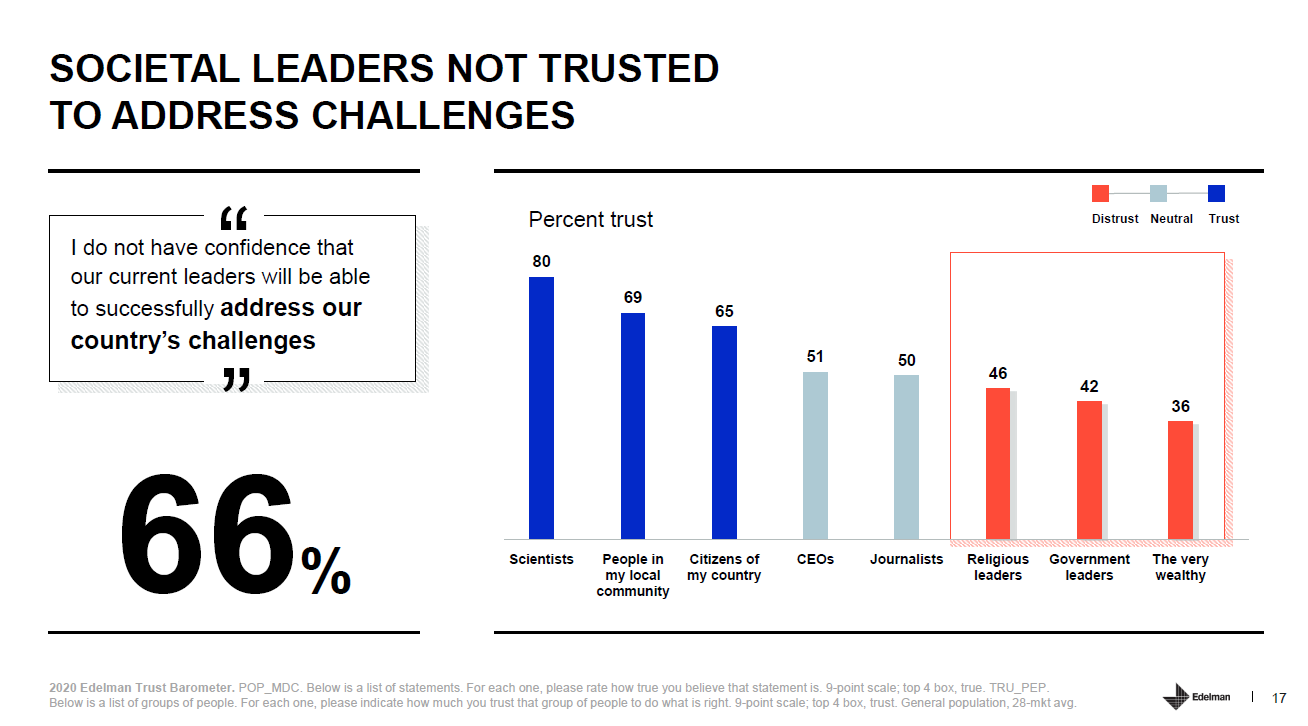
At the same time, trust in brands is rising sharply. They are being called upon to be brave, take a stand and act, not just in business terms, but on a societal and ethical level too.
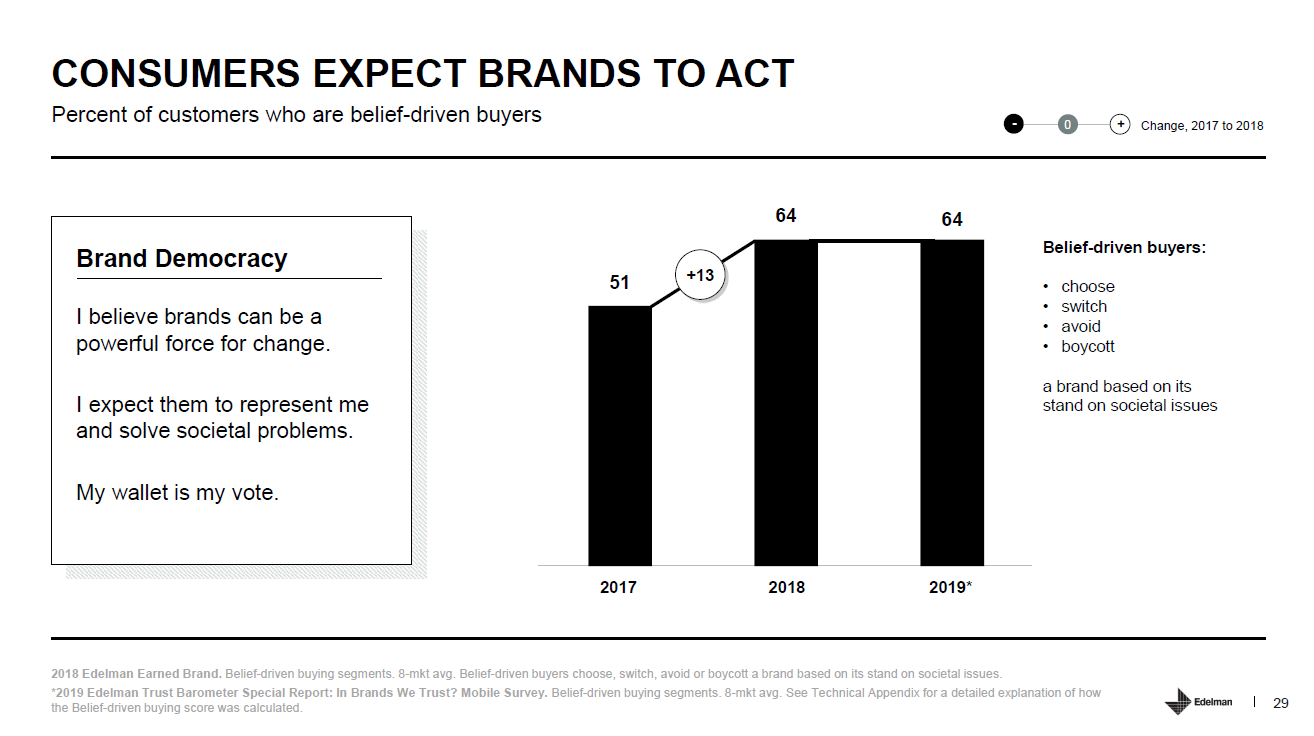
The paradox of courage and brand bravery
It seems paradoxical, right? Brands, entities designed to sell things for profit, are now perceived as more trustworthy than politicians and institutions.
Why is this happening? The answer is simple: because politicians and institutions have failed, on many fronts. They have been exposed as incompetent, inefficient liars, serving the interests of the few, not the many.
On the other hand, being so nakedly commercial and for profit, brands no longer scare us. We’re no longer suspicious of them. Their narrative and fiduciary pact with people is clear.
Some brands have leaned in, taking a strong position on the major issues of their time. Here, we’re not talking about tactical marketing initiatives, like gamification, in other words, the use of brand games to engage consumers.
Rather, brand bravery involves speaking up and taking risks through initiatives, campaigns and content that makes us think, act and change.
Brand bravery as part of the content mix: Coca Cola’s 70/20/10 rule
Unfortunately, because it’s risky, brand bravery alone can’t power a brand. Which is where the idea of the content mix comes in.
What does “content mix” mean? It refers to decisions about the distribution of content and the stories that the firm chooses to tell through various channels and touchpoints, digital and otherwise. Content mix then leads to content design.
A few years back, the communication team at Coca Cola produced an interesting guide entitled: Coca Cola Content 2020. It was a 20-minute video in which the company explained, in an innovative manner, their fresh approach to content marketing and storytelling.
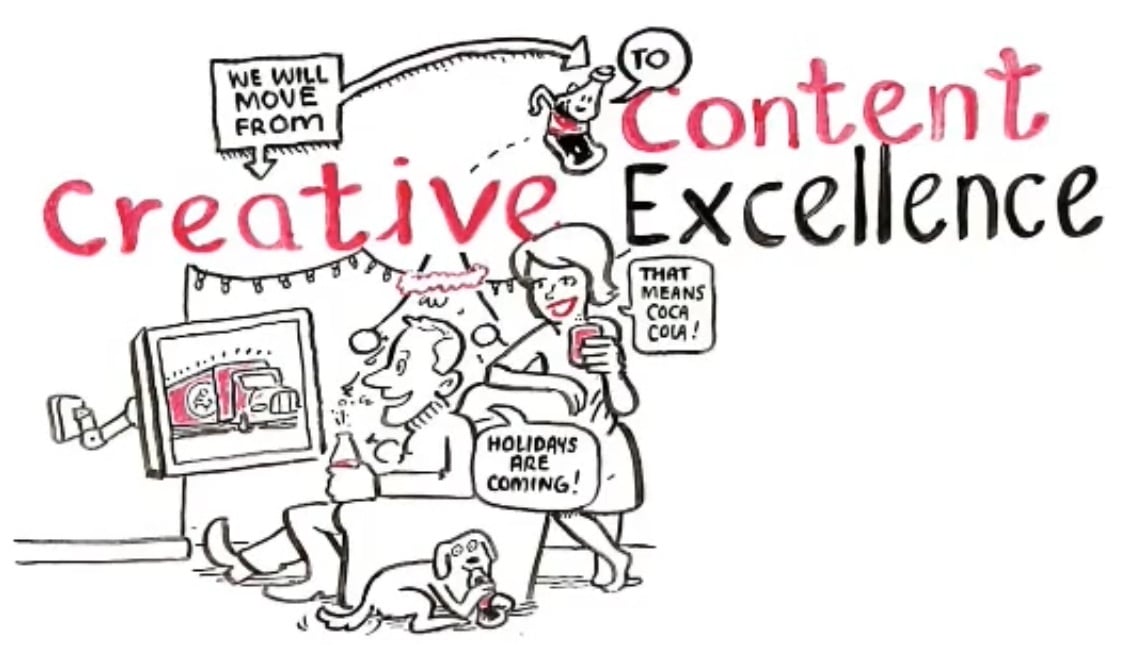
The video describes the three main types of content that are produced and that make up the 70 / 20 / 10 rule:
- Low risk content: also known as bread & butter. Content created and published every day (sometimes more than once a day). It doesn’t take much to produce this but it doesn’t really move the needle on the firm’s content marketing scale. It usually makes up 70% of all content produced regularly.
- Medium risk content: more innovative, vertical content aimed at (potentially profitable:) ) niches in the market or part of specific initiatives. It requires greater creative and productive effort and usually accounts for 20% all regularly produced content.
- Risky content: fresh content in which the brand stands up to be counted in a manner that is consistent with its communication style and tone of voice. It requires a major creative effort, accounts for about 10% of content, and can pose a challenge when it comes to the firm’s resilience. In fact, this content isn’t always successful: there can be boomerang effects or other side effects, which is why the company must be prepared to fail and learn from its mistakes. As you can imagine, this is where brand bravery is needed.
Three (marketing) textbook cases of brand bravery
If brand bravery isn’t for everyone and can’t always be used as part of the overall content plan, what practical examples can firms follow? Below, we outline three great ideas from brave brands that have taken a stand and made a contribution to the society we live in.
Brand Bravery #1. Taffo Funeral Services
With its controversial editorial content that swims against the tide, in a matter of months Italian funeral services Taffo firm has succeeded in doing what others have failed to do in millennia: namely, break the taboo that Italians have surrounding the subject of death.
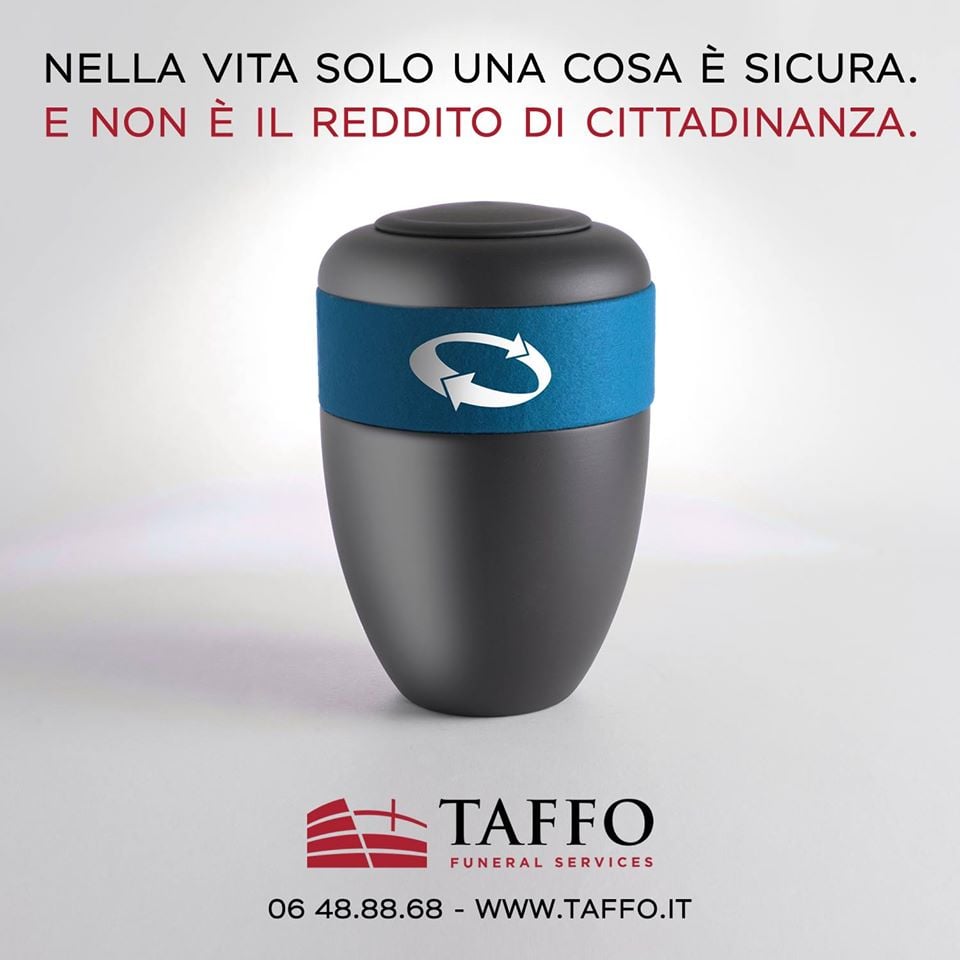
The ad headline translates as: “Stay at home, or we’ll all end up in a coffin”. (But it’s far catchier in Italian thanks to word play).
Indeed, Taffo’s Social Media Manager, Riccardo Pirrone, always speaks a greater truth that’s delivered with humour. He takes on the role of court jester, the only person who can say it like it is without incurring the monarch’s wrath. He’s skilled at what he does, and has been in integral part of this small company’s success.
Brand Bravery #2. Diesel
Most of us are familiar with Diesel’s approach to marketing. It’s a pioneering brand that expresses its values through daring advertising actions like its PornHub ad and its campaign that turned the concept of a fake on its head.
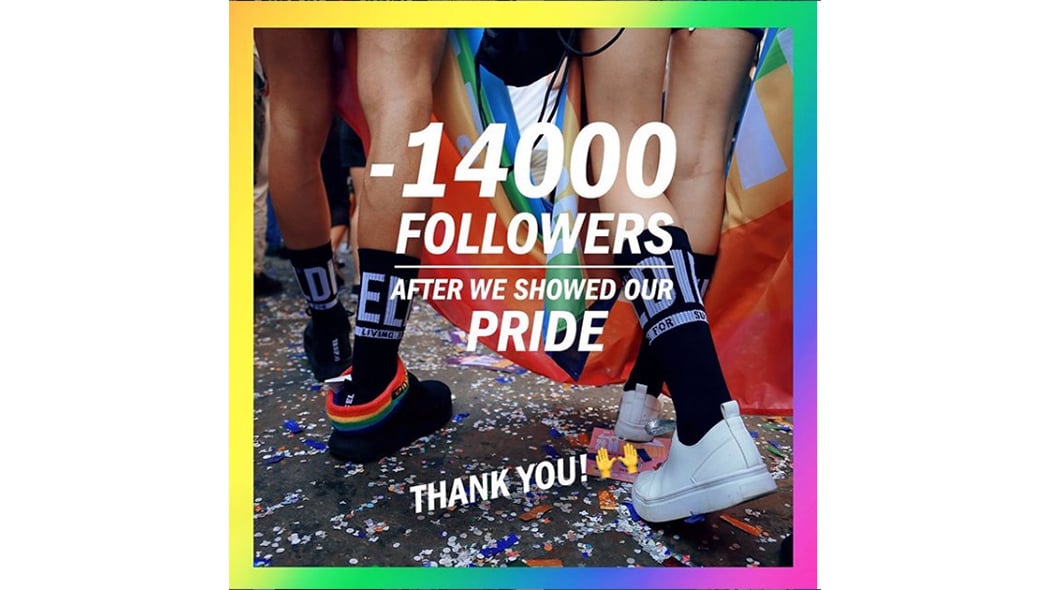
In 2019, the brand’s Instagram account lost 14,000 followers after posting images in support of Pride and the LGBT+ community. So, what did Diesel do? It thanked those who unfollowed the brand, breaking one of the golden rules of social media marketing that says only wins and new followers are celebrated. At the same time, it took a clear stand on the issue. Those who love us follow us, this brand seems to be saying, once again proving its bravery.
Brand Bravery #3. IKEA
Our last example is IKEA. It’s a brand that foresaw the risk to its own long-term survival in focusing exclusively on the mantra of good design at low cost, becoming a true cultural brand in recent years.
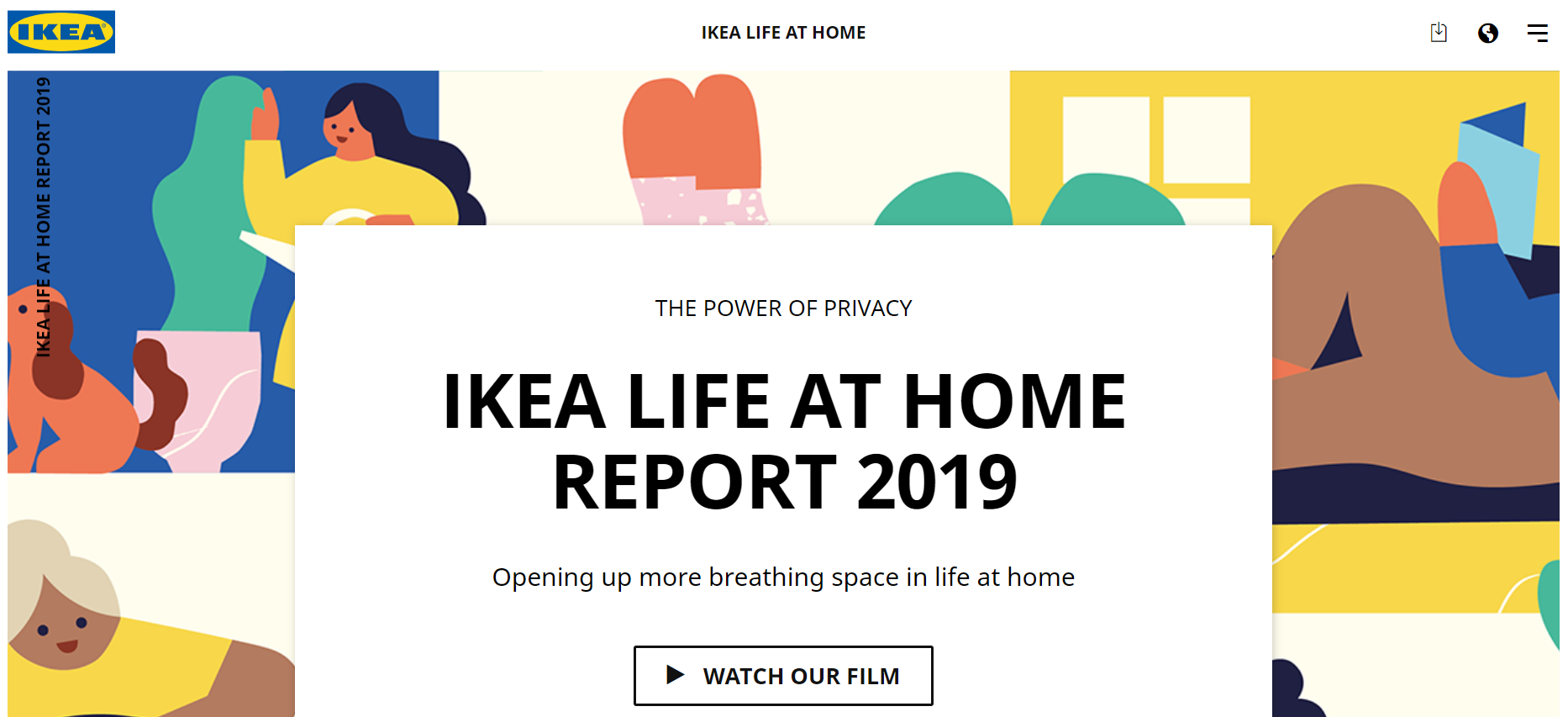
One example of many? The firm’s report on privacy, published in 2019. The document is instructive because, in a sincere and genuine way, it tackles what is an urgent issue for many, but which few (least of all Gen Z) are fully aware of.
“Brands must take a stand”
How many times have we heard this? But that’s brand bravery in a nutshell. After all, if not now, when?
We can also call it brand activism, but the meaning’s the same.
Increasingly, all brands, regardless of size or sector, must adopt a new creed and promote meaningful messages, bravely and in keeping with their own identity. And with brand design and systems that make any campaign shine.
It’s up to copywriters, art directors and marketing managers to take up the gauntlet.

